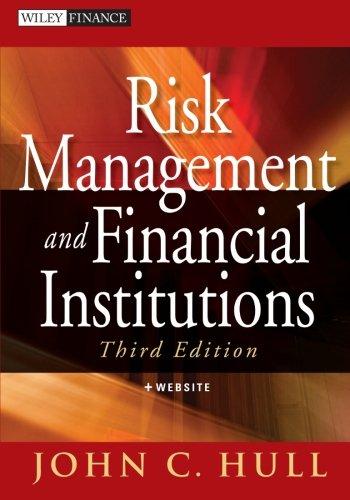Question
You are 26 years of age (very young and very wise). Your birthday is in December. Using a series of monthly contributions, you are determined
You are 26 years of age (very young and very wise). Your birthday is in December. Using a series of monthly contributions, you are determined to build an investment portfolio that will enable you to reach an inflation-adjusted, after-tax sum of at least $1.5 million by the time you reach the ripe young age of 65. Please assume the present tax structure remains in place for the length of your investment horizon and that the long-run inflation factor is approximated by the 20-year increase in the Consumer Price Index, from August of 1996 through August of 2016, or from 157.3 to 240.8 (as obtained from the U.S. Department of Labor). However, in being moderately risk-averse, you are not willing to take unnecessary risks (e.g., portfolios dominated by large-beta stocks, speculating with options, selling short, etc.), and you prefer a buy-and-hold strategy, as opposed to one based on frequent trading. To get started, assume that you begin with $10,000 -- accumulated since recently employed -- and will choose from the securities listed below, eight of which are individual stocks, with their respective expected twelve-month returns and betas. Which ones will you choose? Why? As part of your analysis, assume you will make your first payment in November of 2016 and your last payment when you turn 65. As part of your estimates, and to make sure the security returns in your portfolio are not strongly positively correlated with each other, you will have to compute the correlation between each pair of security returns. The data from which to do so are posted on Blackboard. They run from January of 2011 through July of 2016, 67 data points per security. Please be sure to show ALL your work and describe how you have arrived at the results. For the foreseeable future, if the maximum amount that you can save per month is $1,000.00, how likely is it that you will reach your goal? Please explain and show how you have arrived at your conclusion. Expected Stock Annual Return Beta Apple (AAPL) 11% 1.00 Alphabet (GOOGL) 9% 1.00 Cracker Barrel (CBRL) 7% 0.50 Exxon Mobil (XOM) 6% 0.80 Johnson & Johnson (JNJ) 8% 0.60 J.P. Morgan (JPM) 10% 1.70 McDonalds (MCD) 6% 0.50 3M (MMM) 9% 1.10 20-year Aaa corporate bonds 4.0% 0.20 Three-month U.S. Treasury bills 0.20% 0 Ten-year Treasury note 2.50% 0 S&P 500 (Vanguard 500 VFINX) 8% 1 b. (5 points) If the price of one of the stocks you have selected rises faster than you had expected, but you still want to hold the stock for the long term, how will you hedge your risk? Please be thorough and specific.
Step by Step Solution
There are 3 Steps involved in it
Step: 1

Get Instant Access to Expert-Tailored Solutions
See step-by-step solutions with expert insights and AI powered tools for academic success
Step: 2

Step: 3

Ace Your Homework with AI
Get the answers you need in no time with our AI-driven, step-by-step assistance
Get Started


